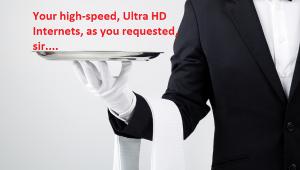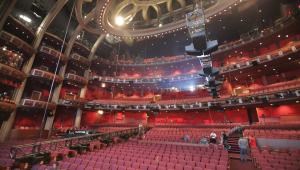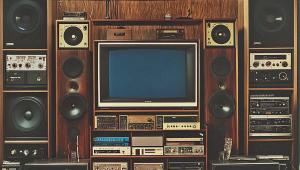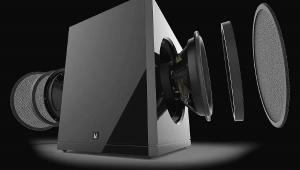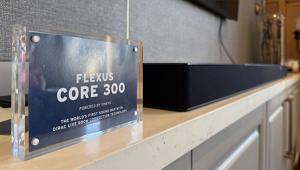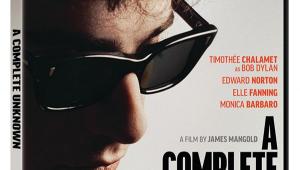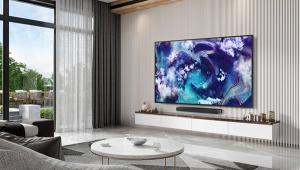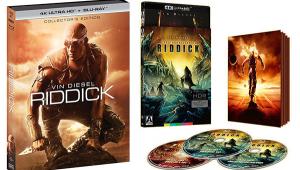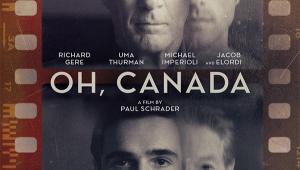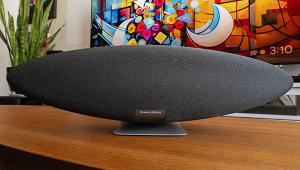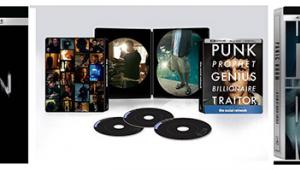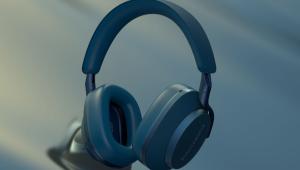Neuros MPEG-4 Recorder 2 Page 2
| The Short Form |
| $150 / 4.6 x 3.4 x 0.8 IN / 4.9 OZ / www.neurosaudio.com / 866-563-8767 |
| Plus |
| •Simple to set up •Easy to use •Compact and easy to transport |
| Minus |
| •Records in real time •Memory cards must be purchased separately •No USB port for direct transfer to PC or Mac |
| Key Features |
| •Records from any video source (TV cable box, satellite receiver, DVR such as TiVo, DVD player, VCR, camcorder) •MPEG-4 video format allows you to view content on your PSP, video iPod, or other MPEG-4-compatible device •Pocket-size device is small enough to use as a portable VCR •Uses AAC format for high-quality stereo sound •Upgradeable firmware from neurostechnology.com for future expanded functionality |
The Neuros can record in three different resolutions: VGA (640 x 480) for near-DVD quality playback on TV, QVGA (320 x 240) for high-compression playback on most handhelds such as the video iPod and Sony PSP, and WQVGA (368 x 208) optimized for playback of widescreen movies on the PSP. It also has four "recording quality" modes (Superfine, Fine, Normal, and Economy).
I started by cueing up an episode of Law & Order ("The Blue Wall") in my DVR and popping a Compact Flash into the R2. I set the recorder to QVGA and the "Economy" quality mode (this setting will give you the most recording time on a 1-gig card, about two and a half hours). Since the R2 records in real time, I had about an hour on my hands to nap and dream about crisp, clean video. Unfortunately, my dreams were dashed when I played the recording back through my 40-inch Toshiba Cinema Series TV. Digital artifacts danced across the screen like a swarm of termites driven from its nest. I quickly ran to my Apple PowerBook to download the video to an awaiting video iPod via an external memory card reader (again, not included; approximately $20). The resolution didn't get much better.
Willing to give the R2 a second chance, I stepped up to "Normal" mode and was duly impressed. Sure, there were a few artifacts, especially on the big screen, but on the mini-display the image quality was very good. "Fine" and "Superfine" were also impressive. However, they significantly reduce the amount of recording time on a single card (to about an hour per gigabyte). I think Economy mode provides the best balance of image quality and storage capacity. I repeated the process with the Memory Stick for playback through a PSP and came to the same conclusions. Even the stereo audio was passable. I expected some serious distortion or buzz. When it didn't appear, I was stoked. For what it is and what it's intended for, this little recorder is a solid performer.
BOTTOM LINE The Neuros MPEG-4 Recorder 2 is well worth its relatively meager asking price and is a must-have for movie and TV buffs who spend a lot of time on the go. Video quality is good on the small screen (not so much on the big screen), audio is solid, and you don't need a computer science degree to operate it. What more do you want - popcorn?
- Log in or register to post comments
